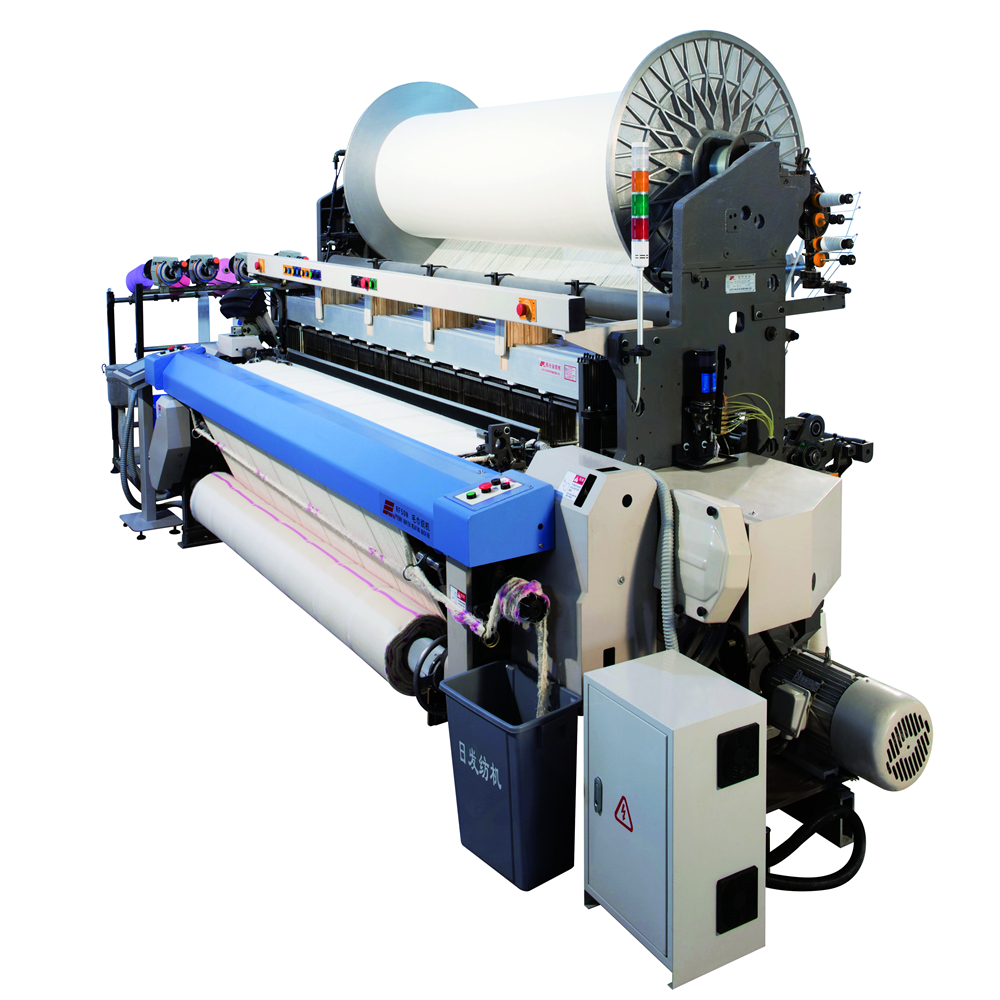The smelting process of this furnace is similar to that of ordinary vacuum induction smelting. Thoroughly clean the smelting furnace before smelting so that all components in the furnace are clean and dry. The cleaned and dried charge is partially or fully loaded into the crucible, and the remaining charge is loaded into the feeding mechanism. After the feeding, the furnace is evacuated, and then high-purity inert gas (such as argon, helium, etc.) is injected into the furnace. After the smelting process is completed, the plug head is pulled down to move the plug head from the boring nozzle to the mold. The alloy solution will then enter the mold to solidify. In order to prevent the cracking of the alloy ingot, it is better to start the mold heater before the casting to preheat the mold, slowly lower the power of the heater after casting, and slowly cool the alloy ingot. Preparation of rare earth alloys using cold crucible vacuum induction melting equipment When casting larger diameter bars, a single die tube is used as the die; casting small diameter bars requires a combination of die capable of casting multiple alloy bars simultaneously. It can be a porous mold body with several casting holes, or it can be a multi-tube mold composed of several mold tubes. In order to densify the casting and reduce the tendency to produce porosity, porosity and shrinkage, the pressure in the furnace body can be increased during the casting process. Smelting is generally carried out under vacuum or under negative pressure. It is only necessary for the die casting to be filled with inert gas. In order to improve the quality of castings, the injection rod mechanism can be used for centrifugal casting. After the smelting is completed, the plug head is lowered to make the feed liquid enter the mold, and then the drive rod is driven to drive the mold to rotate at a high speed so that the alloy liquid fills the mold under the action of centrifugal force. Centrifugally cast molds should have outward radiating cavities. It is characterized by the combination of the driving rod and the mold through the guide key and the groove, which can slide relative to each other, but the rotation is synchronous. The directional solidification technique improves the design of the mold mechanism so that it produces a specific temperature gradient field, so that the alloy liquid can achieve directional solidification after being injected into the mold. The specific method is: set the mold heater outside the mold.
The first is the static method: first heating the mold, so that the temperature of the upper part is higher than the melting point of the alloy; pulling down the plug head, the alloy liquid enters the mold. Then, the heating temperature was gradually lowered so that the alloy solution gradually solidified from the bottom to the top under the condition that the bottom was cooled and the top was heated. The heater can be segmented: before casting, the temperature in each stage can be the same, or the temperature in the previous stage can be higher than the next stage; after the alloy fluid is injected into the mold, each stage can stop heating at the same time, and can be cooled at the same time, or it can be Cool down in sequence. The heater is preferably designed as a zone melting type - so that the temperature of most of its sections is slightly lower than the freezing point of the alloy, and only the temperature of the bottom section is higher than the melting point, so that the alloy liquid in the upper part of the mold is solidified first. Control the temperature of each section to cool and solidify the bottom section, move the high-temperature melting zone upwards and then reduce the temperature. In turn, control until the high temperature zone moves to the top section and then cool down. In this way, the melt-solidification zone develops from the bottom up, and the crystals also grow from the bottom up. The purpose of the zone melting method is to reduce the reaction of the alloy liquid with the mold. The second method is the mold pull-down method: When the plug head is quickly pulled down until all the alloy liquid enters the mold, the plug head is used to drive the mold to move slowly downwards so that the alloy liquid leaves the heating zone and gradually solidifies when entering the cooling zone. In order to reduce the reaction of the alloy liquid with the mold, the heater is preferably heated by zone melting - only one or more of the bottom temperature is higher than the melting point of the alloy, the temperature of the other part is lower than the freezing point of the alloy, preferably slightly lower than the freezing point .
RF50N series terry weaving machines have robust fame structure, compact composition and series modularity in design, result in this machine being the first choice of customers. Adopts electromagnetic motor with inverter, the speed can be programmed. The electromagnetic braking system ensures Loom brake accurately, stable and low noise. The inverter device can save power consumption up to 20%-35%, it is the one and only Terry Loom with this function in the world.

RFTL61 high speed Terry Weaving Machine is to weave with high speed, perfect perfomance. Dynamic loop formation controlled by sley movement can ensure weaving super quality terry towels, and it becomes the superstandard of loop formation.
RFTL61 adopts dynamic looping control system, loops are piled by the motion of dynamic sley, yarn attrition is greatly reduced, it reduces the weaving requirement of yarn. Low cost and high efficiency create great economic benefits.

Rapier Terry Weaving Machine,Towel Weaving Machine,Towel Weaving Machinery,Loom Weaving Machine
RIFA TEXTILE MACHINERY CO.,LTD , http://www.rifatex.com